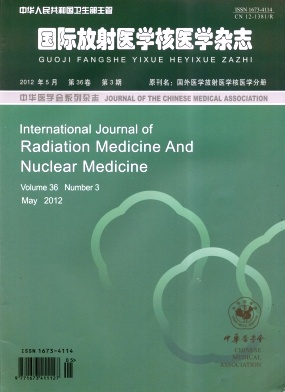-
日本福岛第一核电站事故发生后,大量放射性同位素泄露到太平洋,我们听到最多的言论是太平洋足够大,能够稀释这些污染物。放射性同位素污染会被海洋大大稀释,短期内不会对海洋生物造成直接的危害,但随着食物链对长半衰期同位素的累积,会增高鱼类和海洋哺乳类生物群体的死亡率。因此,科学家们呼吁应尽快对福岛周围地区生态学系统的放射性污染进行调查[1]。
美国马萨诸塞州伍兹霍尔海洋研究所的海洋地球化学家Buesseler称:“日本福岛核事故是人类排放到海洋的放射性污染物最多的一次,我们还没有足够的数据来评价其危害,因此,所有进一步的监测都是受欢迎的。”在福岛核反应堆甚至海岸边30 km外范围内收集到的海水样本中,检测到了高浓度的放射性污染:包括半衰期为8 d的131I以及半衰期为30年的137Cs。
尽管有很多不确定性,日本千叶县的国立放射科学研究所的科学家还是设计了一些监测放射性核素的研究方案,旨在监测放射性核素在海洋生物肌肉、内脏、卵以及骨骼中的积累[2],他们还设计了放射性同位素在海洋中的长期行为与受照海洋生物的整体剂量模型。日本国立放射科学研究所海洋放射生态学家Aono称,需要获得放射性铯和碘在不同海洋生物中的比浓度才能评估其生态影响。
法国辐射防护与核安全研究所Boust教授的研究小组通过估算从福岛核电站释放的同位素数量和从海洋监测到的放射性同位素比率来预测海洋生物和沉积物的放射性同位素污染水平[1]。据该团队计算,在福岛核电站300 m内的海水中50种同位素的整体水平约为10 000 Bq/L,而事故前137Cs的水平为0.003 Bq/L,没有监测到131I。基于这些数据,研究人员认为,该地区沉积物中放射性浓度大约为0.01~10 MBq/kg;而鱼类可携带10~100 kBq/kg;藻类,特别是一些容易摄取碘的藻类可能包含100 MBq/kg。但日本对食用鱼类有严格的法律限制,每千克鱼肉中137Cs放射性活度 < 500 Bq,131I的放射性活度 < 2000 Bq[3]。
法国辐射防护与核安全研究所放射生态学和生态毒理学家Hinton称,如果没有进一步的核泄漏发生,放射性污染物剂量会随着时间和距离的增加而迅速减少,但是仍然会给海洋环境造成长期的、持续的低剂量污染,进行国际性的长期评估是了解这些环境影响的最好办法[1]。美国科罗拉多州立大学环境和放射卫生专家Whicker认为,这种调查非常必要,需要对放射性污染物排放点附近以及较远地区进行大量的采样,监测海水、沉积物、浮游生物、贝类、海藻和鱼类中的放射性浓度,进而监测海洋生态系统的健康程度。Whicker还指出,尽管鱼类、贝类、海藻的放射性核素浓度可能在近期超过人类的食用标准限值,但这些污染不太可能造成海洋生物可以检测到的遗传效应,任何受核素污染的生物可能会迅速分散进入太平洋或者很快死去,从众多影响因素(如:传统水体污染、海啸等自然灾害)中排除放射性损伤效应非常困难[4]。
法国辐射防护与核安全研究所放射生态学家Fievet称,寻找一种合适的代表性物种值得关注,他认为最合适的物种是海带,日本的太平洋沿岸海域无处不在的海带通过大量吸收碘,帮助自身抵御水污染等环境压力,其自身含碘浓度可能比周围海水高出10 000倍,因此,相比其他海洋生物,海带是一种很好的放射性标记物。
Radioisotopes leakage of Fukushima may hit marine life
- Received Date: 2012-04-13
- Available Online: 2012-05-25
Abstract: So many radioisotopes were released into the Pacific Ocean after the Fukushima Daiichi nuclear disaster in Japan. Although the isotopes will be vastly diluted and the contamination is unlikely to cause immediate harm to marine organisms, but long-lived isotopes are expected to accumulate in the food chain and may cause problems such as increased mortality in fish and marine-mammal populations. Viewpoints and recommendations for radioactivity pollution survey to the marine ecosystem by experts were reviewed in this paper.








 DownLoad:
DownLoad: